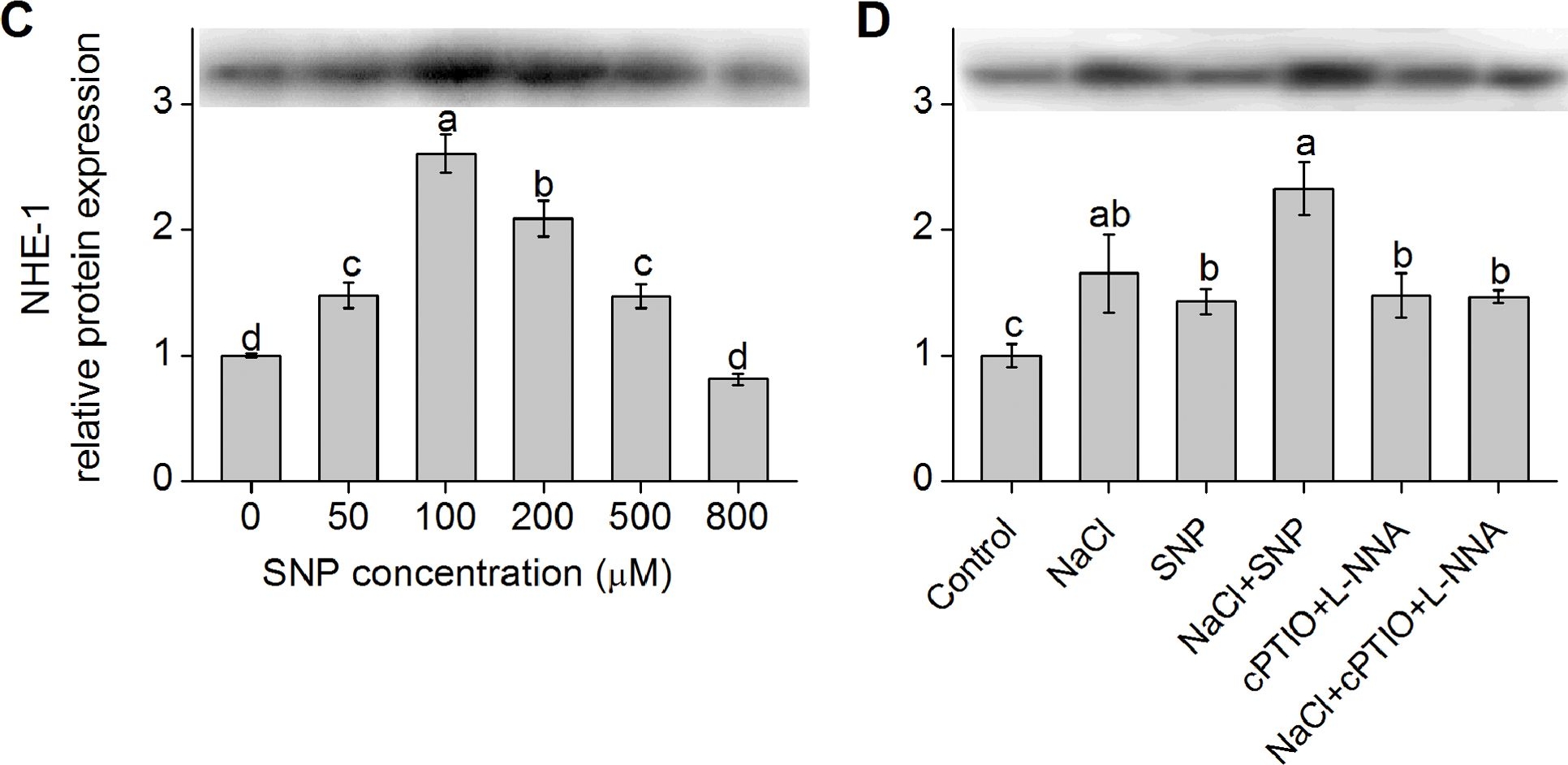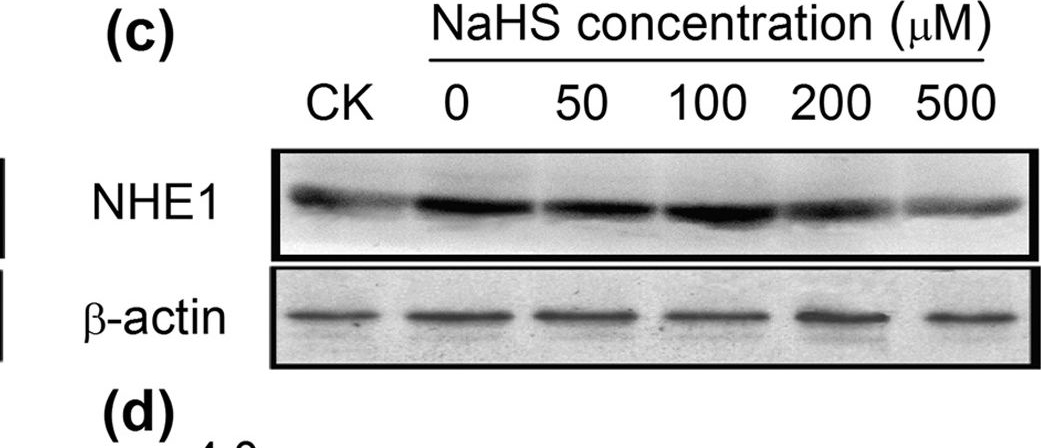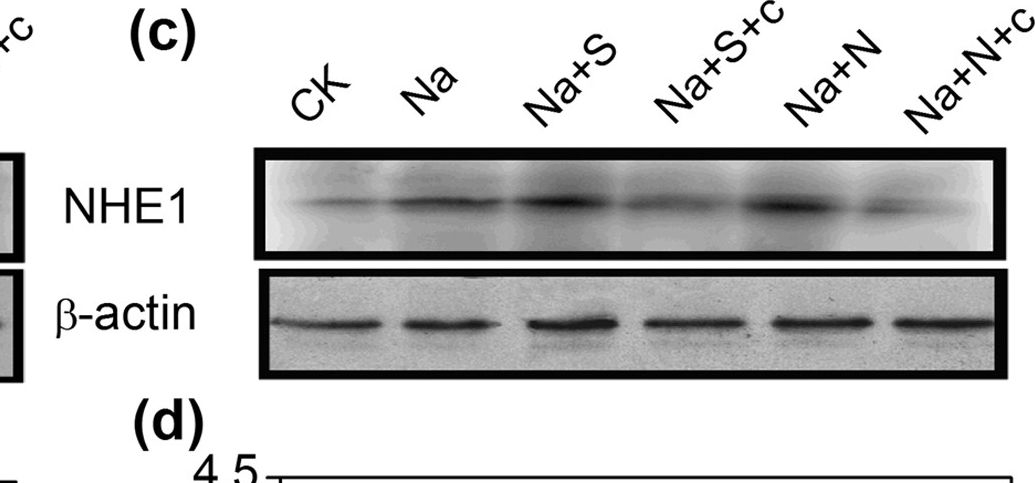1

Anti-Na+/H+ antiporter, sodium/hydrogen exchanger
AS09 484 | Clonality: Polyclonal | Host: Rabbit | Reactivity: Arabidopsis thaliana
- Product Info
-
Immunogen: KLH-conjugated synthetic peptide derived from Arabidopsis thaliana NHX protein UniProt: Q68KI4, TAIR: At5g27150; chosen peptide is perfectly confirmed in AtNHX1 UniProt: Q0WVZ5, partially in AtNHX2, UniProt: Q56XP4, and not conserved in AtNHX3, UniProt: Q84WG1 and AtNHX4, UniProt:Q8S397 isoforms
Host: Rabbit Clonality: Polyclonal Purity: Immunogen affinity purified serum in PBS pH 7.4. Format: Lyophilized Quantity: 50 µl Reconstitution: For reconstitution add 50 µl of sterile water Storage: Store lyophilized/reconstituted at -20°C; once reconstituted make aliquots to avoid repeated freeze-thaw cycles. Please remember to spin the tubes briefly prior to opening them to avoid any losses that might occur from material adhering to the cap or sides of the tube. Tested applications: ELISA (ELISA), Western blot (WB) Recommended dilution: 1 : 8000 (ELISA), 1 : 1000 (WB) Expected | apparent MW: 59.5 | 45 kDa - Reactivity
-
Confirmed reactivity: Arabidopsis thaliana, Kandelia obovata, Oryza sativa, Solanum lycopersicum, Vitis vinifera
Predicted reactivity: Gossypium hirsutum, Populus euphratica, Ricinus communis, Zea mays (NHX1, NHX4)
Species of your interest not listed? Contact usNot reactive in: Mangrove plants, Nicotiana benthamiana, sp. Avicennia,
- Application Examples
-
Application example

1 µg and 10 µg of crude membrane fraction/lane from Arabidopsis thaliana (left panel)and1,5 and 10 µg of crude membrane fraction/lane Raphanus sativus L.(right panel)were separated on 12 % SDS-PAGE and blotted 1h to PVDF membrane (40 min. at 10 V using BioRad semidry transfer). Filters were blocked 1h with 5 % low-fat milk powder in TBS-T (0.05% Triton X.100). Membranes were washed 5 times with TBS-T, each time in a fresh polystyrene box and probed with anti-NHX antibodies (AS09 484, 1:1000, 1h) and secondary anti-rabbit (1:2000, 1 h). Detection was done using chemiluminescence. All steps were performed in RT with agitation.
Application examples: 
Reactant: Kandelia obovata
Application: Western Blotting
Pudmed ID: 23977070
Journal: PLoS One
Figure Number: 4C,D
Published Date: 2013-08-27
First Author: Chen, J., Xiong, D. Y., et al.
Impact Factor: 2.942
Open PublicationWestern blot analysis of protein expression of plasma membrane (PM) H+-ATPase and Na+/H+ antiporter (NHE-1).Shown in (A) and (C) are the relative protein expression level of K. obovata seedlings grown under 400 mM NaCl and various concentrations of SNP for 15 days. Shown in (B) and (D) represent the relative protein expression level of K. obovata seedlings treated with the following Hoagland solution-based solutions for 15 days: Control (only Hoagland solution), NaCl (400 mM), SNP (100 µM), NaCl+SNP (400 mM NaCl+100 µM SNP), cPTIO+L-NNA (200 µM cPTIO+100 µM L-NNA), NaCl+cPTIO+L-NNA (400 mM NaCl+200 µM cPTIO+100 µM L-NNA). Three independent experiments were performed. The relative intensity of bands (column charts) was quantified by densitometric analysis with Quantity One software and expressed relative to the intensity of the control band defined as 1. For each parameter, bars with different letters indicate significant difference at P<0.05.

Reactant: Hordeum vulgare (Barley)
Application: Western Blotting
Pudmed ID: 26213372
Journal: Sci Rep
Figure Number: 6c
Published Date: 2015-07-27
First Author: Chen, J., Wang, W. H., et al.
Impact Factor: 4.13
Open PublicationWestern-blot analysis of root PM H+-ATPase(a) and vacuolar Na+/H+ antiporter (NHE1) (c) of barley seedlings treated with 150?mM NaCl and various NaHS concentrations (0, 50, 100, 200 and 500??M) for 48?h. CK: Hoagland solution only without adding NaHS and NaCl. Three independent experiments were conducted, and the immunoblotting results show similar trends of protein expression. The relative protein expression level is shown as the ratio of PM H+-ATPase to ?-actin (b) and NHE1 to ?-actin (d) analyzed with Quantity One software. Mean values?±?SE were calculated from independent experiments and columns labeled with different letters are significantly different at P?

Reactant: Hordeum vulgare (Barley)
Application: Western Blotting
Pudmed ID: 26213372
Journal: Sci Rep
Figure Number: 7C
Published Date: 2015-07-27
First Author: Chen, J., Wang, W. H., et al.
Impact Factor: 4.13
Open PublicationWestern-blot analysis of root PM H+-ATPase(a) and vacuolar Na+/H+ antiporter (NHE1) (c) of barley seedlings treated with 150?mM NaCl (Na), 150?mM NaCl+100??M NaHS (Na+S), 150?mM NaCl+100??M NaHS+200??M cPTIO (Na+S+c), 150?mM NaCl+100??M SNP (Na+N), 150?mM NaCl+100??M SNP+200??M cPTIO (Na+N+c) for 48?h, respectively. CK: Hoagland solution only without adding NaHS and NaCl. Three independent experiments were conducted, and the immunoblotting results show similar trends of protein expression. The relative protein expression level is shown as the ratio of PM H+-ATPase to ?-actin (b) and NHE1 to ?-actin (d) analyzed with Quantity One software. Mean values?±?SE were calculated from independent experiments and columns labeled with different letters are significantly different at P?<?0.05.
- Additional Information
-
Additional information: Protocol for vacuolar membrane isolation can be found here.
- Background
-
Background: Na(+)/H(+) exchanger 1 protein is involved in exchange of protons for cations such as sodium and potassium across membranes. Localized in tonoplast, possibly also to ER and Golgi. Alternative name: NHE-1, Na(+)/H(+) exchanger 1
- Product Citations
-
Selected references: Carmona-Salazar et al. (2021). Plasma and Vacuolar Membrane Sphingolipidomes: Composition and Insights on The Role of Main Molecular Species. Plant Physiol. 2021 Feb 11:kiab064. doi: 10.1093/plphys/kiab064. Epub ahead of print. PMID: 33570616.
Cano-Ramirez et al. (2021) M. Plasma Membrane Fluidity: An Environment Thermal Detector in Plants. Cells. 2021 Oct 17;10(10):2778. doi: 10.3390/cells10102778. PMID: 34685758; PMCID: PMC8535034.
Prinsi et al. (2020). Root Proteomic Analysis of Two Grapevine Rootstock Genotypes Showing Different Susceptibility to Salt Stress. Int J Mol Sci. 2020 Feb 6;21(3). pii: E1076. doi: 10.3390/ijms21031076.
Gupta and Shaw (2020). Biochemical and molecular characterisations of salt tolerance components in rice varieties tolerant and sensitive to NaCl: the relevance of Na+ exclusion in salt tolerance in the species . Funct Plant Biol. 2020 Jul 30.doi: 10.1071/FP20089
Guo et al. (2018). Molecular Characterization of a Tonoplast Na+/H+ Antiporter from Iris Lactea. Preprints 2018, 2018090557 (doi: 10.20944/preprints201809.0557.v1).
Kumari et al. (2017), Overexpression of a Plasma Membrane Bound Na+/H+ Antiporter-Like Protein (SbNHXLP) Confers Salt Tolerance and Improves Fruit Yield in Tomato by Maintaining Ion Homeostasis. Front Plant Sci. 2017 Jan 6;7:2027. doi: 10.3389/fpls.2016.02027. - Protocols
-
Agrisera Western Blot protocol and video tutorials
Protocols to work with plant and algal protein extracts
Oxygenic photosynthesis poster by prof. Govindjee and Dr. Shevela
Z-scheme of photosynthetic electron transport by prof. Govindjee and Dr. Björn and Dr. ShevelaMethod for isolation of plant vacuolar membranes
.jpg)
Courtesy of Dr. Masayoshi Maeshima, Laboratory of Cell Dynamics, Graduate School of Bioagricultural Sciences Nagoya University Nagoya, Japan
- Reviews:
-
This product doesn't have any reviews.


